Contemporary artists find a common thread with 1970s and 1980s Belgian textile art
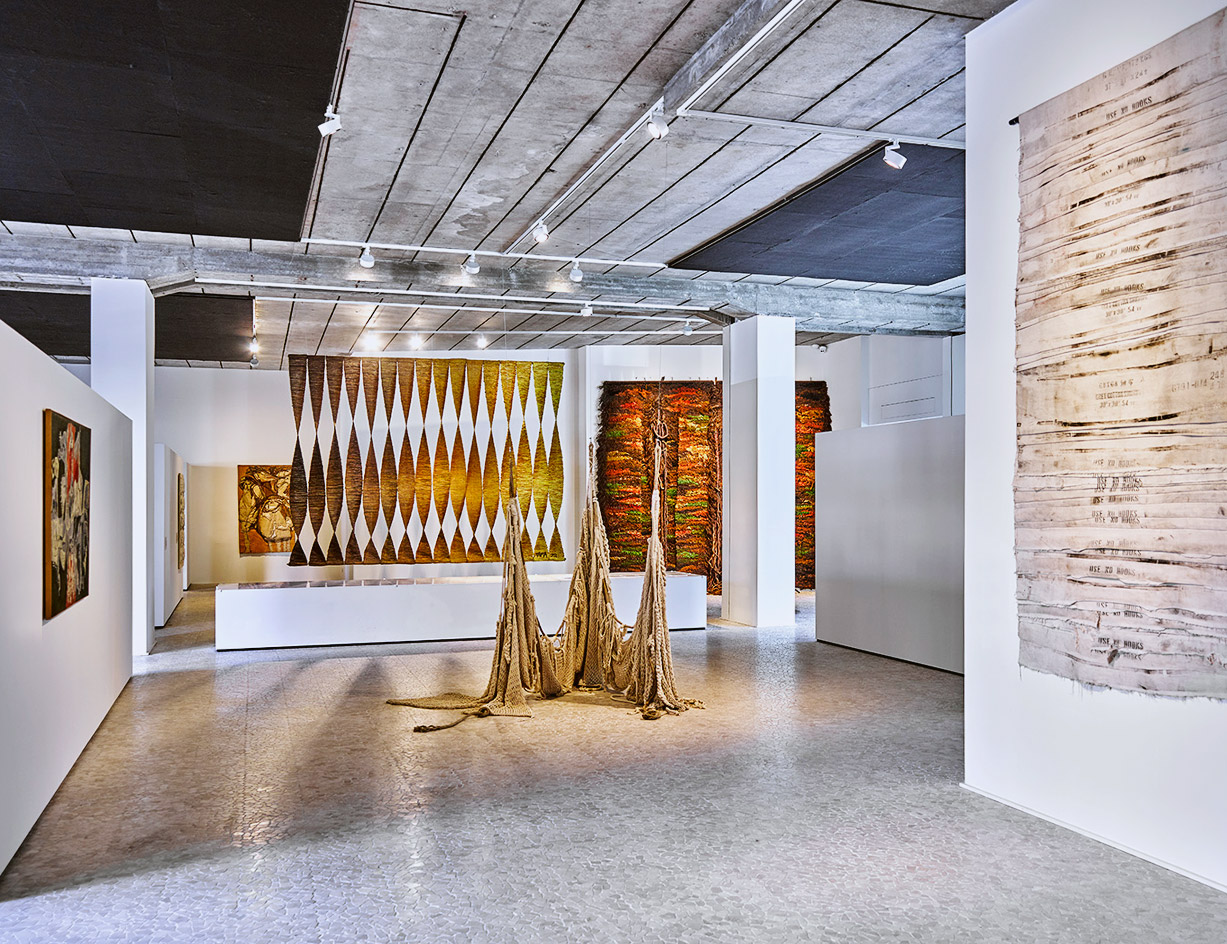
‘Women artists’, says Elisa De Wyngaert with a sense for understatement, ‘have not had a very privileged position in the art world.’ What with textiles having female, domestic and quotidian connotations, much of the art form has been undervalued greatly. And still, textiles are crucial in how we understand culture; they function as a universal means of communication.
De Wyngaert has curated ‘Soft? Tactile Dialogues’, an exhibition staged by Antwerp’s fashion museum MoMu – and the very first one, in the museum’s 16-year history, to focus on textiles instead of fashion. Located on the first floor and in the monumental modernist staircase of the Maurice Verbaet Center, the exhibition ties in seamlessly with that private art collection’s mission: to bring attention to under-appreciated Belgian post-war art.
Most of the works on display, from 1970s feminist, post-minimalist and fiber art to contemporary work, match the monumentality of the Maurice Verbaet building. An immense power and presence emanates from the experimental work Alruin, by Veerle Dupont, who used tar ropes from the harbour for a large-scale abstract and experimental work that, aside from its tactility, also activates the sense of smell. Dupont does not shy away from working with pig bladders and horse’s tails, too, subverting the idea that textile art is for the delicate.
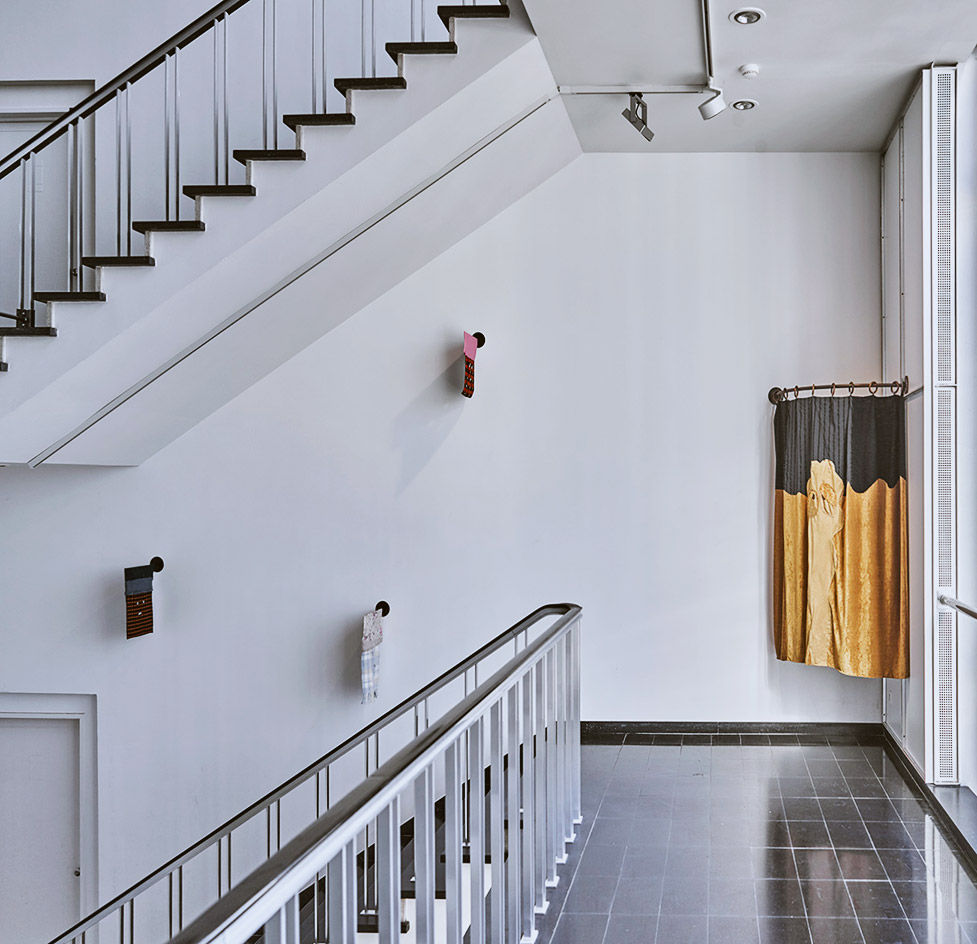
Installation view of ‘Soft? Tactile Dialogues’ at MoMu Antwerp.
In Edith Van Driessche’s work Use No Hooks, packing cloths are repurposed to create a narrative, a secret history. Several ‘soft sculptures’ by Maria Kowalski – a Polish artist and political refugee in Belgium – engage with the viewer through their spatial dimensions. Worked under the pseudonym Tapta, her pieces Structure Torsadée, from 1973, and Horizon Flexible, from 1976, are three-dimensional installations that incorporate natural fibres like sisal, which Tapta learned to work with in the Congo.
The contemporary textile artworks that are spread over the entrance hall and the staircase’s eight landings show how artists’ relationships with textile have evolved. Unlike the aforementioned first generation, artists such as Kati Heck, Nel Aerts, Sven ‘t Jolle and Klaas Rommelaere are not tied to the dogmatic thinking that has for so long restricted textile artists in terms of interpretative breadth and reach.
The current generation often works with a variation of media and uses textile to express themselves without the proverbial hang-ups. From humorous and figurative, to abstract experimentation, it’s hard to imagine a contemporary art world that does not integrate textiles in some way – its tactile qualities a rewarding tool to communicate concepts such as intimacy, social criticism, and alienation.
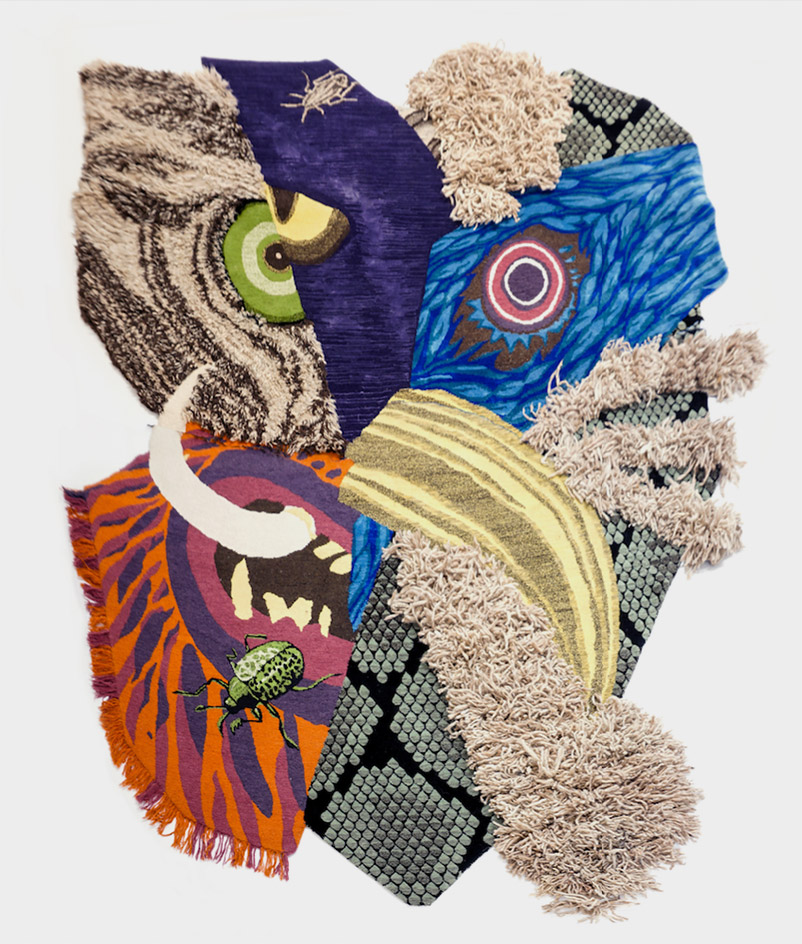
Animal Mask, 2016, by Christoph Hefti.
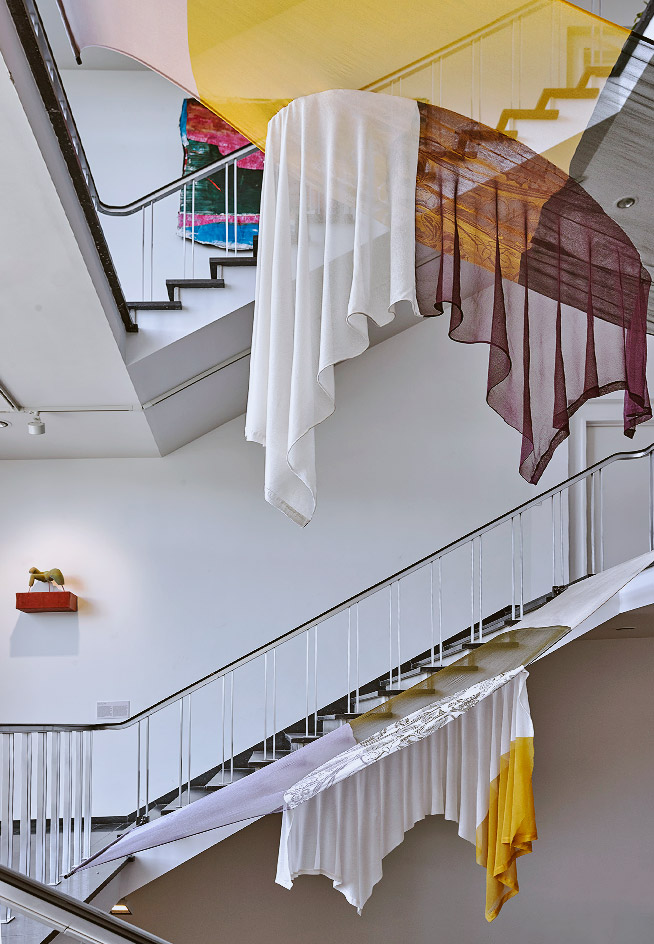
Installation view of ‘Soft? Tactile Dialogues’ at MoMu Antwerp.
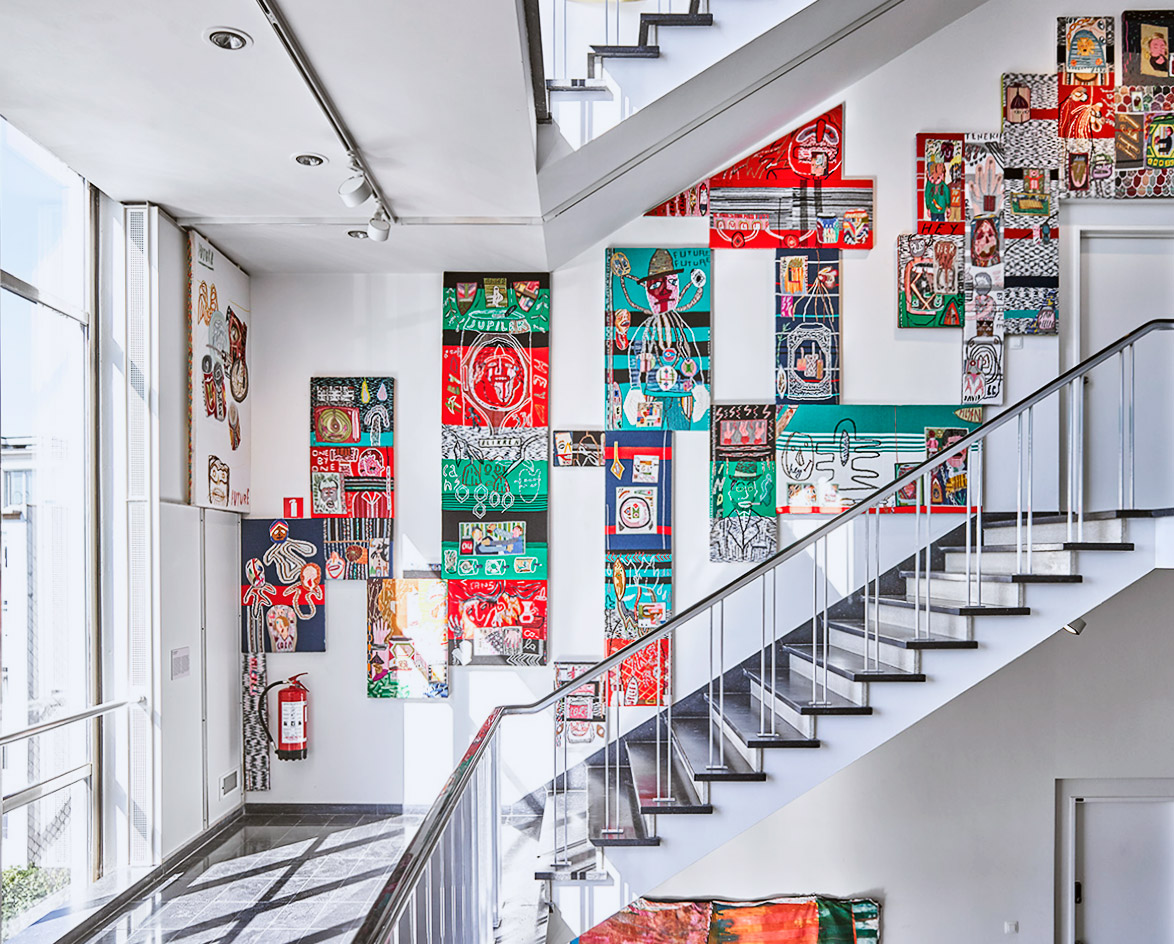
Installation view of ‘Soft? Tactile Dialogues’ at MoMu Antwerp.
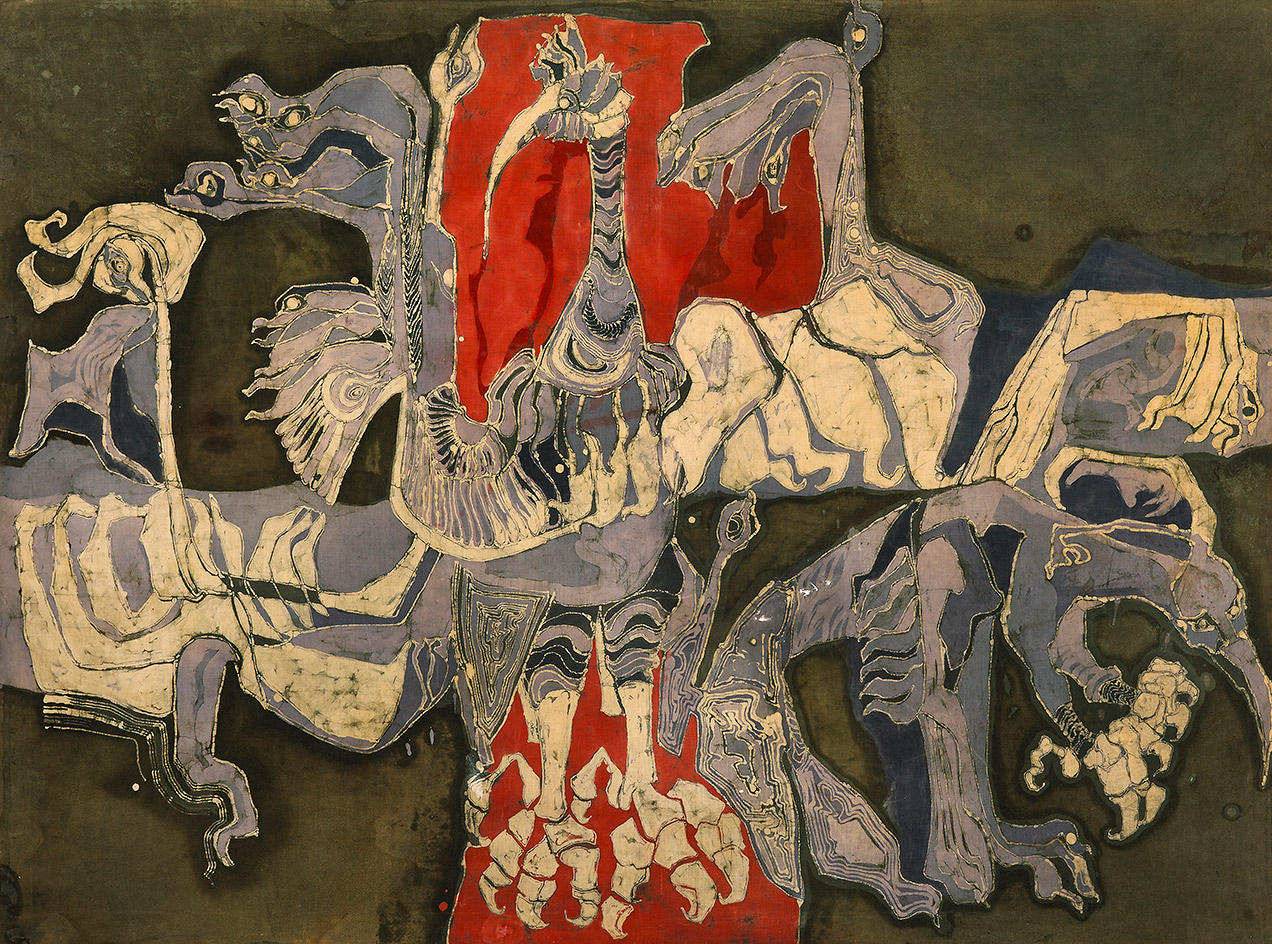
Welvaart en verval, 1975, by Suzannah Olieux.
INFORMATION
‘Soft? Tactile Dialogues’ is on view until 24 February 2019. For more information, visit the MoMu website
ADDRESS
Maurice Verbaet Center
Mechelsesteenweg 64A
2018 Antwerp
Wallpaper* Newsletter
Receive our daily digest of inspiration, escapism and design stories from around the world direct to your inbox.
Siska Lyssens has contributed to Wallpaper* since 2014, covering design in all its forms – from interiors to architecture and fashion. Now living in the U.S. after spending almost a decade in London, the Belgian journalist puts her creative branding cap on for various clients when not contributing to Wallpaper* or T Magazine.
-
 Nikos Koulis brings a cool wearability to high jewellery
Nikos Koulis brings a cool wearability to high jewelleryNikos Koulis experiments with unusual diamond cuts and modern materials in a new collection, ‘Wish’
By Hannah Silver
-
 A Xingfa cement factory’s reimagining breathes new life into an abandoned industrial site
A Xingfa cement factory’s reimagining breathes new life into an abandoned industrial siteWe tour the Xingfa cement factory in China, where a redesign by landscape specialist SWA Group completely transforms an old industrial site into a lush park
By Daven Wu
-
 Put these emerging artists on your radar
Put these emerging artists on your radarThis crop of six new talents is poised to shake up the art world. Get to know them now
By Tianna Williams
-
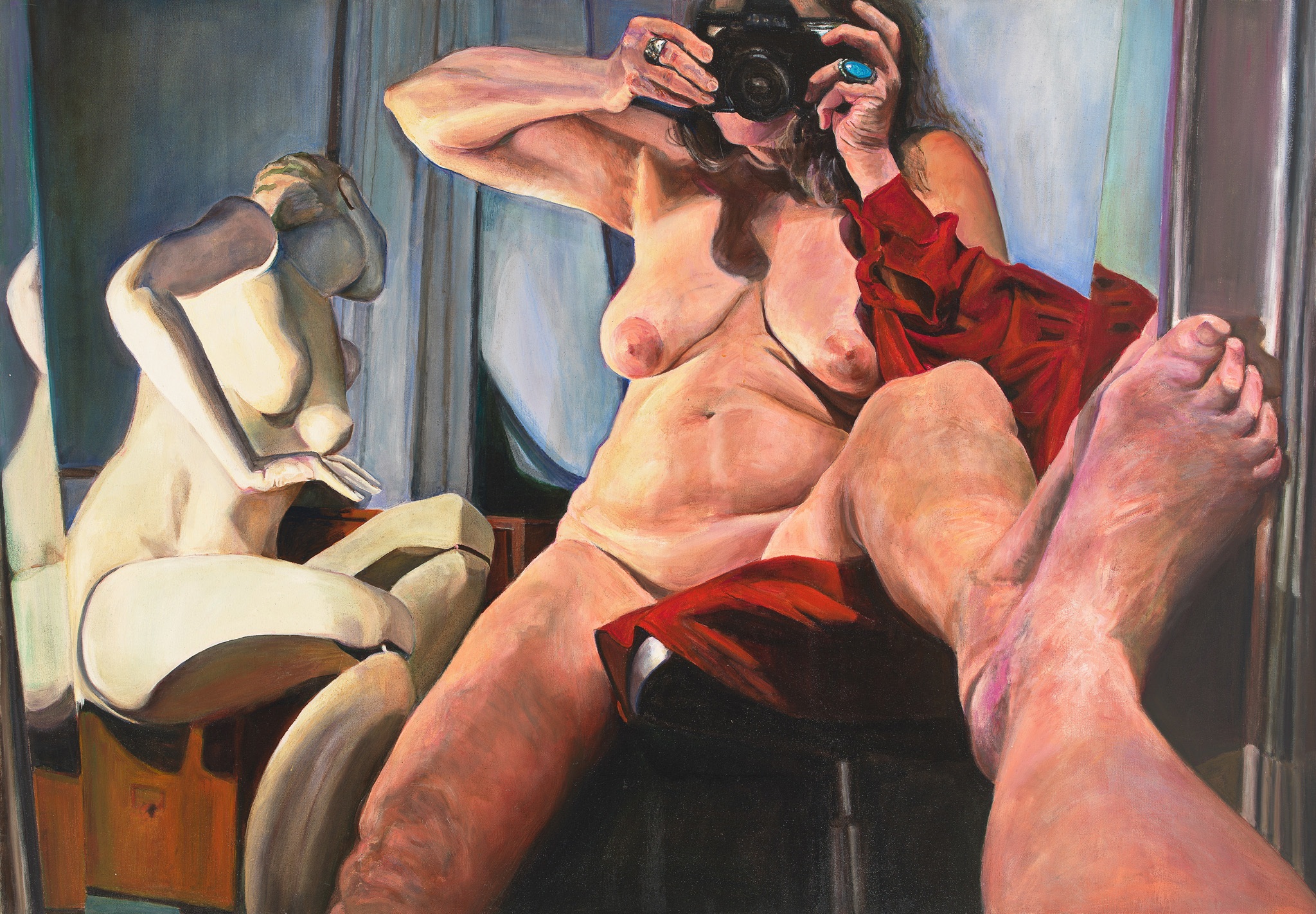 The ageing female body and the cult of youth: Joan Semmel in Belgium
The ageing female body and the cult of youth: Joan Semmel in BelgiumJoan Semmel’s ‘An Other View’ is currently on show at Xavier Hufkens, Belgium, reimagining the female nude
By Hannah Silver
-
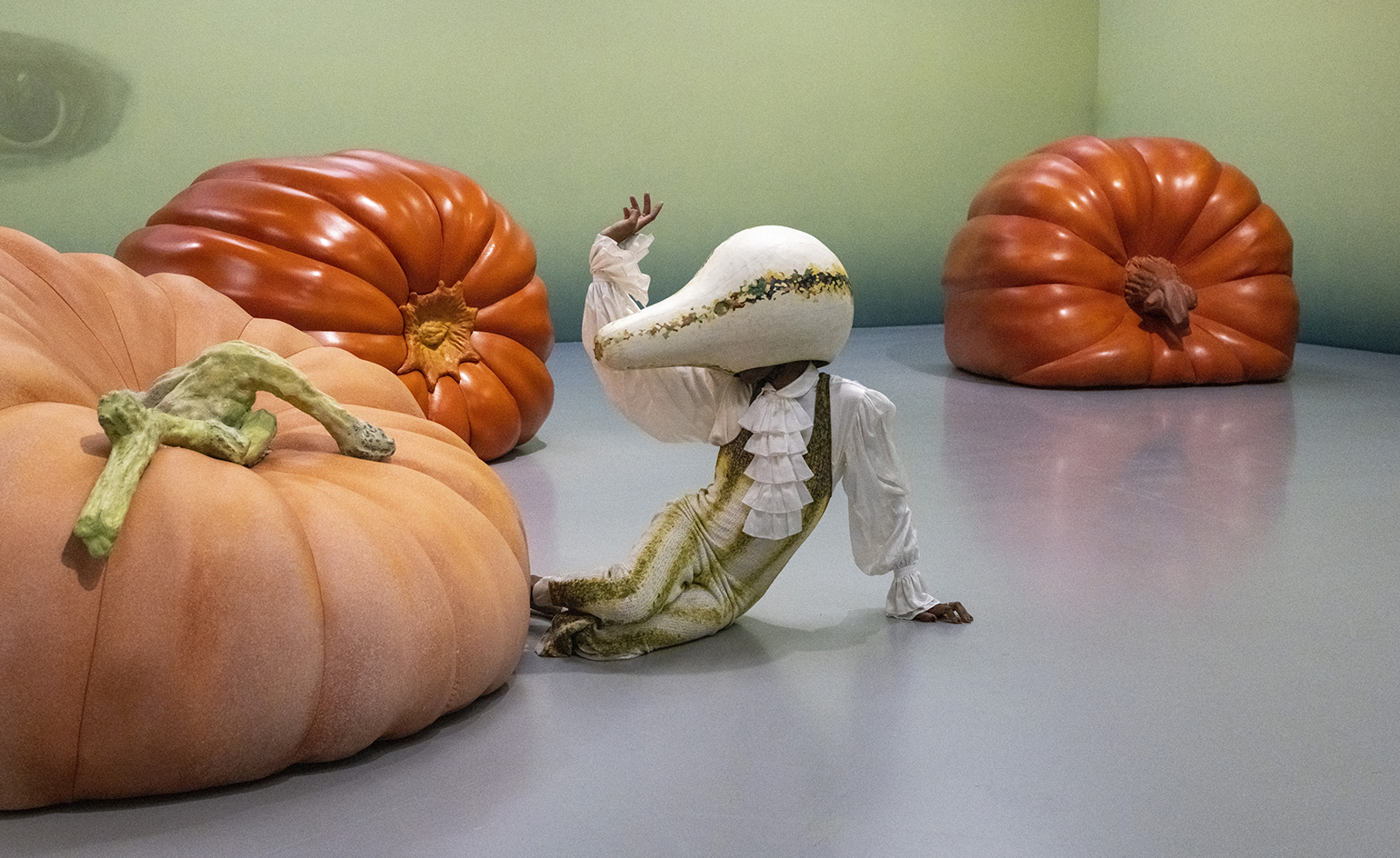 Food, sexuality and domesticity: Anthea Hamilton reconsiders the familiar in Antwerp
Food, sexuality and domesticity: Anthea Hamilton reconsiders the familiar in AntwerpSubversive and playful, Anthea Hamilton’s first survey exhibition, ‘Mash Up’ has opened at the Museum of Contemporary Art Antwerp
By Hannah Silver
-
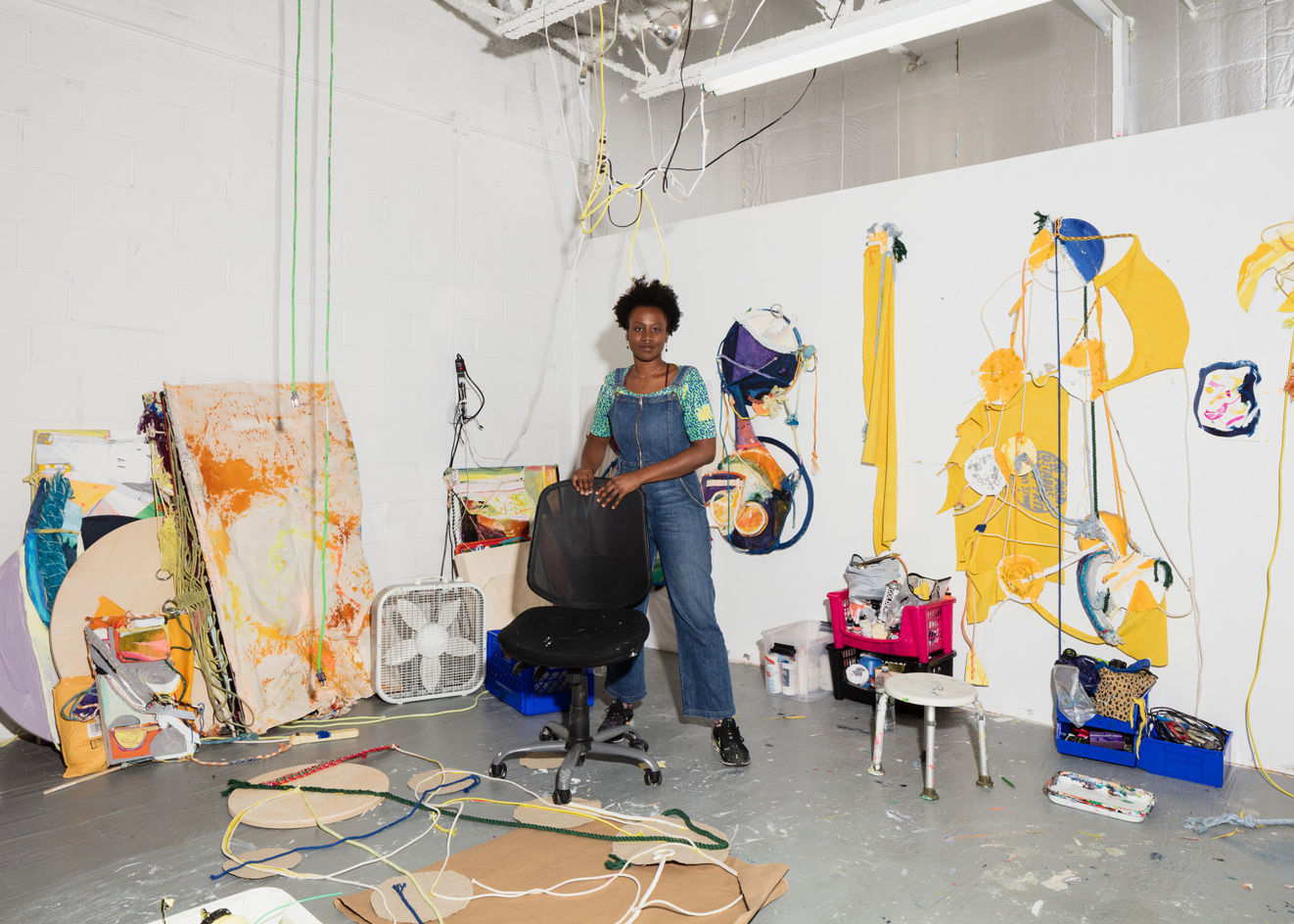 Rachel Eulena Williams weaves poetry and abstraction in Brussels
Rachel Eulena Williams weaves poetry and abstraction in BrusselsIn ‘Joy & Rain’ at Xavier Hufkens, Brussels, New York-based artist Rachel Eulena Williams presents new hybrid works that are bold, subversive and steeped in complex histories
By Harriet Lloyd-Smith
-
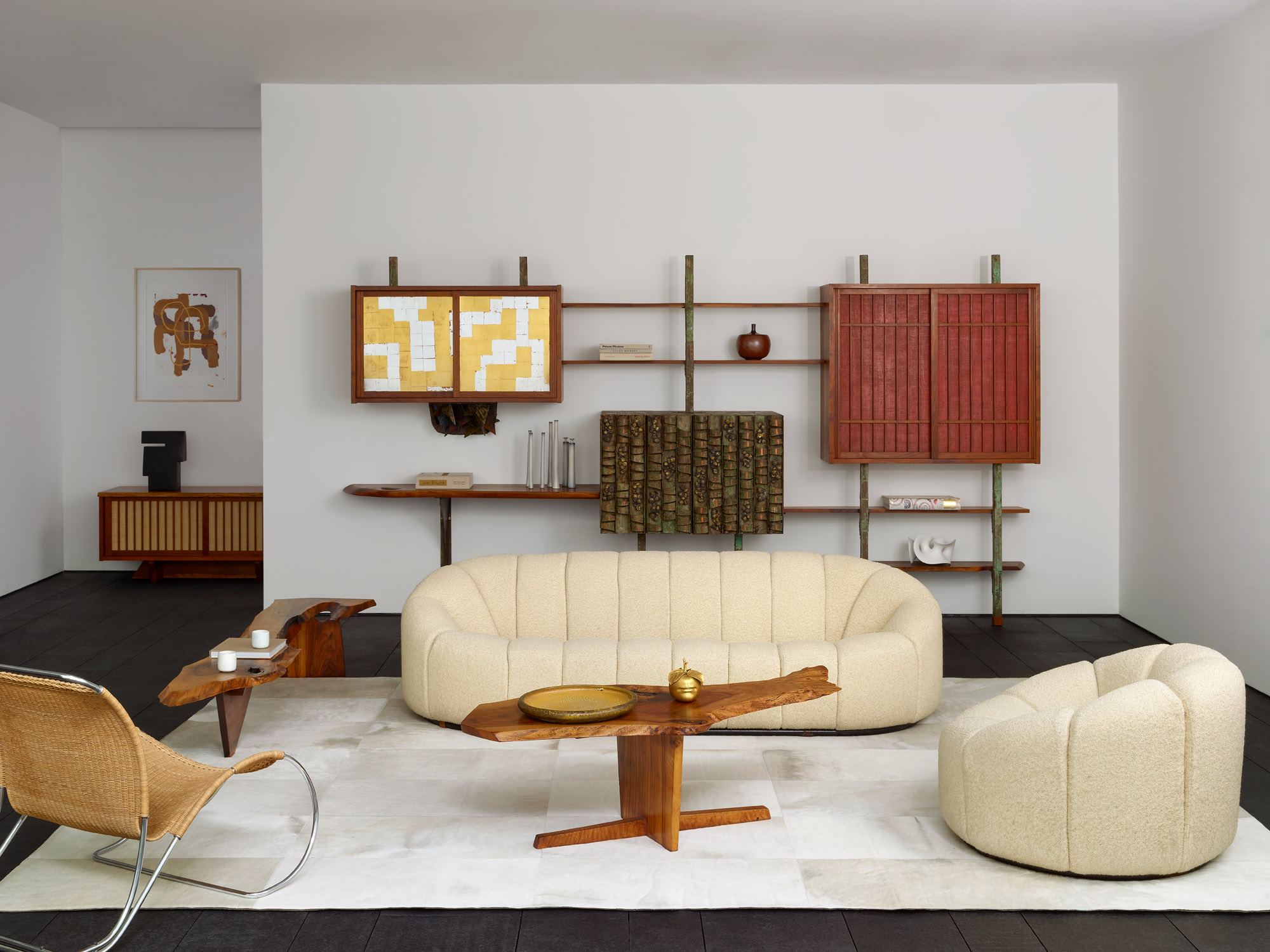 New Hope is Brussels’ treasure trove of 20th century design
New Hope is Brussels’ treasure trove of 20th century designOlivier Dwek creates gallery New Hope, a treasure trove of 20th-century design in Brussels
By Amy Serafin
-
 Step inside Chiharu Shiota’s doll’s house
Step inside Chiharu Shiota’s doll’s houseIn ‘Living Inside’ at Galerie Templon, Brussels, the Japanese artist cocoons dolls houses and miniature furniture in her signature thread
By Harriet Lloyd-Smith
-
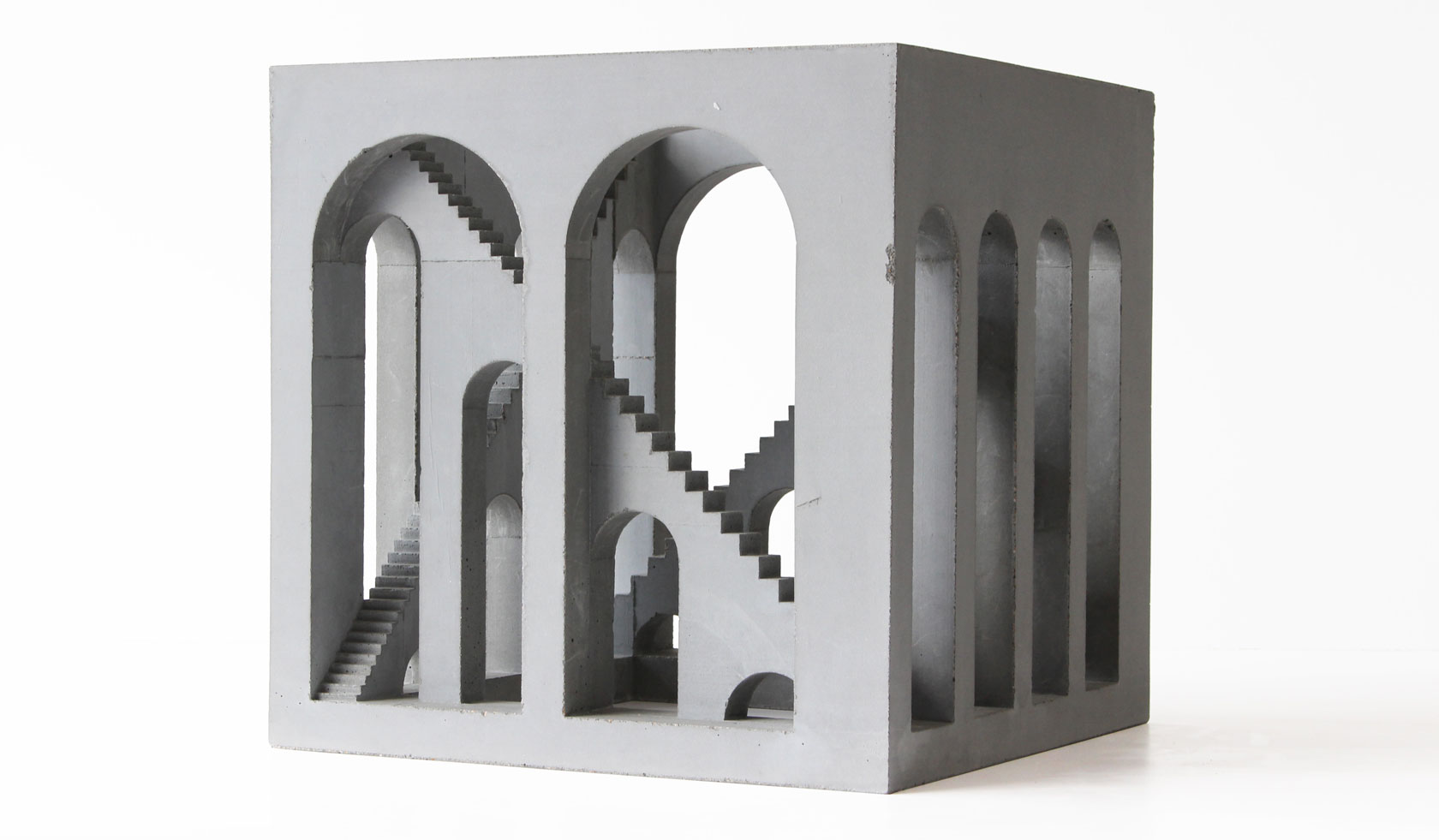 Concrete poetry: the architectural sculptures of David Umemoto
Concrete poetry: the architectural sculptures of David UmemotoCanadian artist David Umemoto's new Folded Stone series – on view at Modern Shapes Gallery, Antwerp – uses Japanese kirigami to evoke postmodernist dreams
By Harriet Lloyd-Smith
-
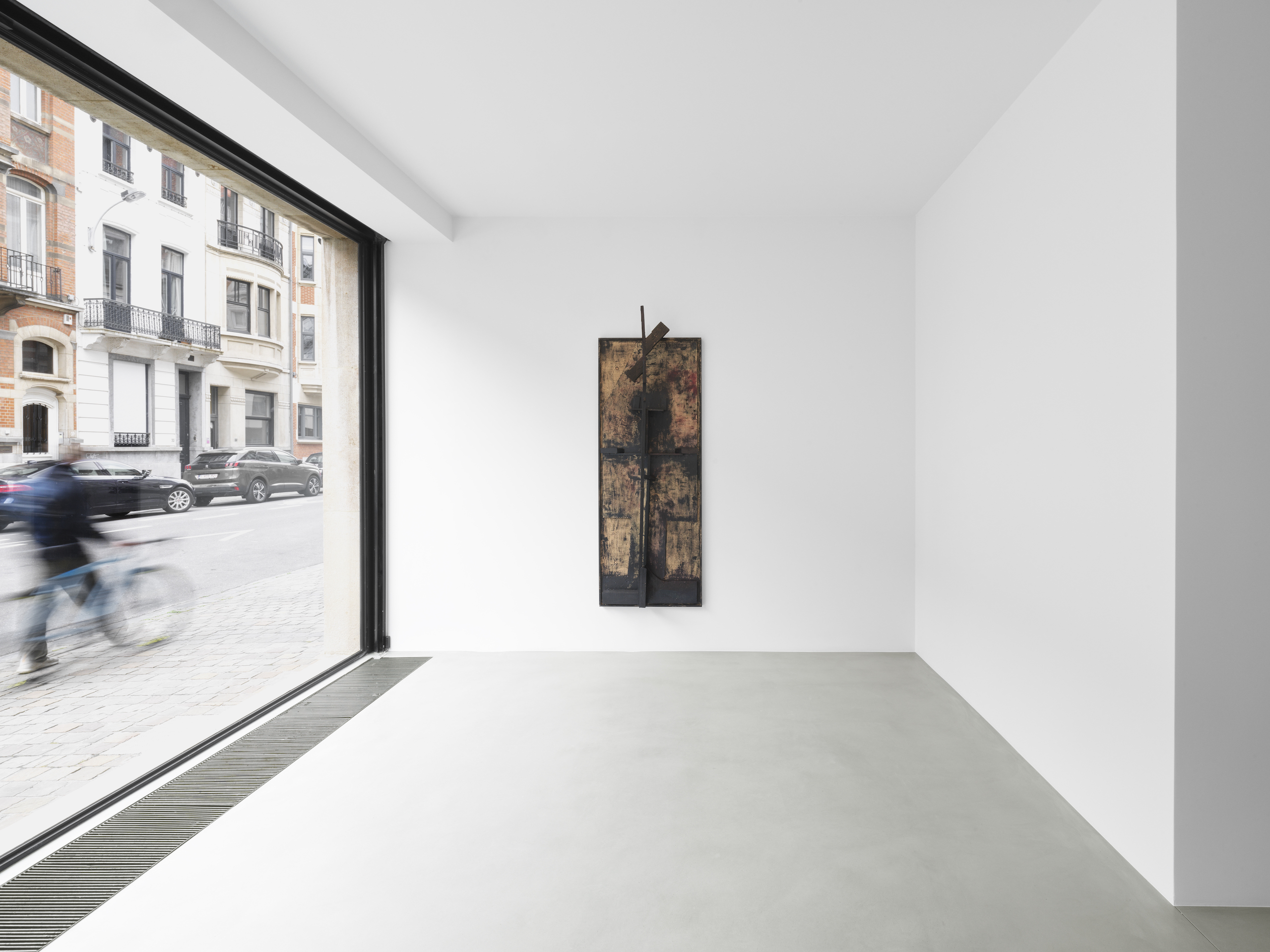 Xavier Hufkens' new gallery space bolsters Brussels' art scene
Xavier Hufkens' new gallery space bolsters Brussels' art sceneDesigned by Bernard Dubois, who takes over the @wallpapermag IGTV channel today with an architecture tour, the new home of Xavier Hufkens gallery opened last week with a bold new show by Sterling Ruby
By Diane Theunissen
-
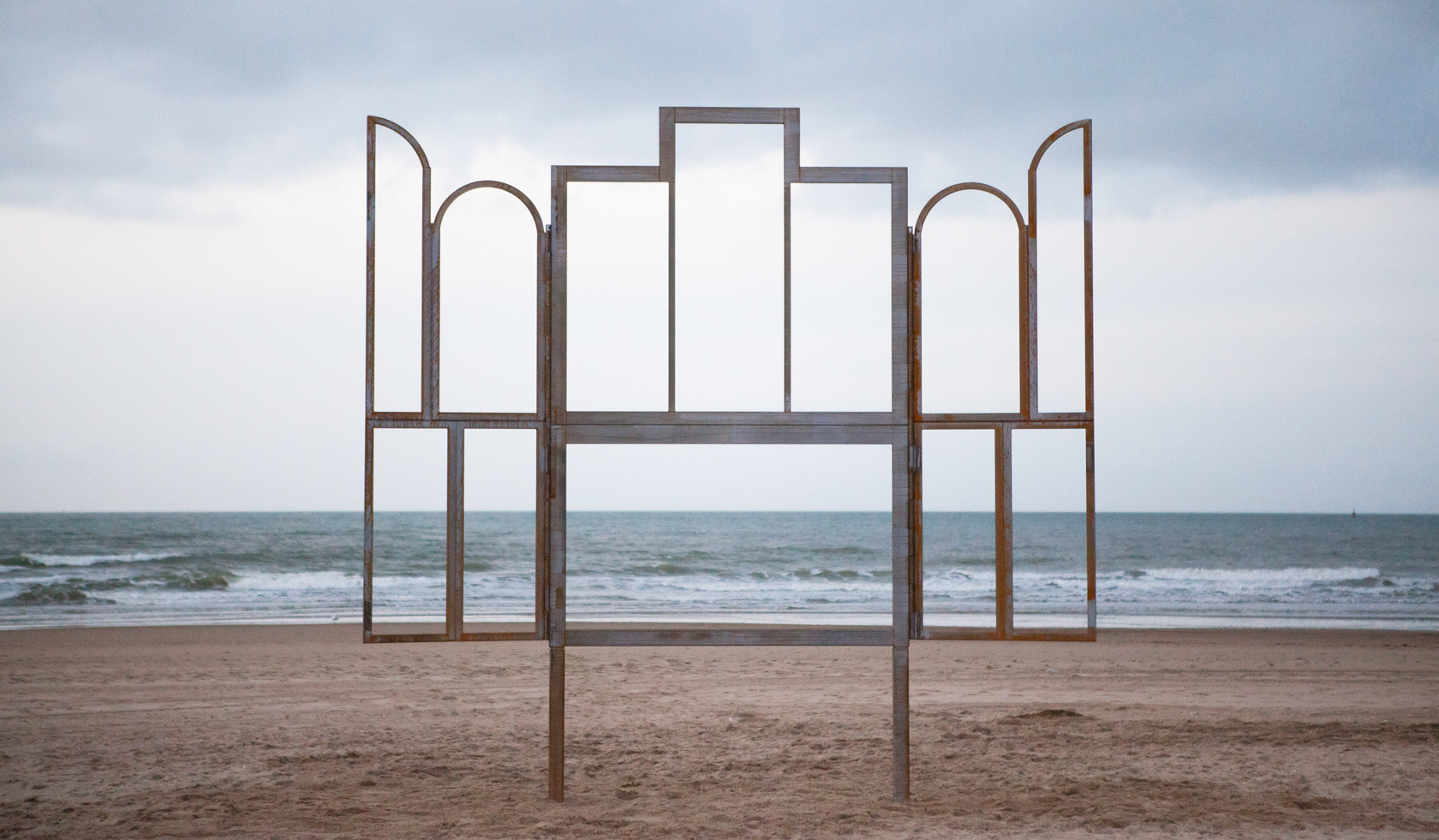 ‘My brain is my studio': Kris Martin creates space for thought
‘My brain is my studio': Kris Martin creates space for thoughtFrom hot air balloons to silver-plated skulls, the conceptual artist's deft anthological ideas are history in the making
By Harriet Lloyd-Smith